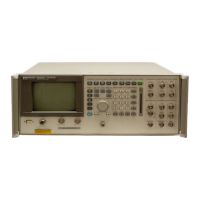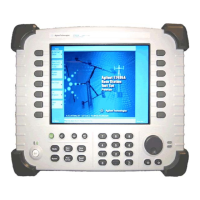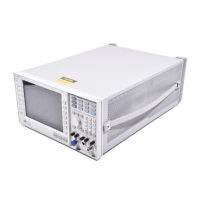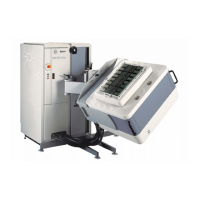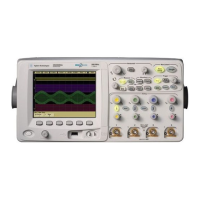

Do you have a question about the Agilent Technologies U1602B and is the answer not in the manual?
| Brand | Agilent Technologies |
|---|---|
| Model | U1602B |
| Category | Test Equipment |
| Language | English |
Details regarding safety warnings, CAUTION and WARNING notices.
Essential safety precautions for operating, servicing, and repairing the instrument.
Information on WEEE directive, operating conditions, and safety ratings.
Details on the instrument's compliance with relevant directives and standards.
Details of the worldwide warranty policy and terms.
Procedures and contact information for obtaining warranty service.
Exclusions and conditions that limit the warranty coverage.
Procedure to verify package contents and inspect the instrument for damage.
Instructions for battery charging and managing power settings.
Steps to power on, reset, set date/time, and perform self-calibration.
Adjusting display contrast, language, and compensating scope probes.
Description of the instrument's front panel keys and rotary switch functions.
Explanation of the elements and indicators on the oscilloscope display screen.
Guide to understanding the information presented on the multimeter display.
Settings for vertical sensitivity, position, coupling, and channel display.
Adjustments for horizontal scale, position, and trigger point reference.
Selection of display modes like YT, XY, Main, Zoom, and Roll for waveform viewing.
Setup for trigger modes (Auto, Normal, Single) and trigger types (Edge, Pulse, Pattern, Video).
Configuration of acquisition modes, display types, contrast, and persistence.
Utilizing automatic measurements and cursors for waveform analysis.
Performing math operations like Add, Subtract, FFT, and saving/recalling data.
Controlling acquisition, instrument settings, and utility functions.
Performing voltage and resistance measurements.
Procedures for testing circuit continuity, diode functionality, and capacitance.
Using external adapters for temperature, current, humidity, and pressure measurements.
Applying relative measurements, auto-ranging, and restarting tests.
Configuring the instrument for logging multimeter measurements over time.
Setting up automatic measurements, CSV saving, and intervals for data logging.
Information on product warranty, accessory warranty, and optional calibration services.
Guidelines for shipping the instrument to Agilent for repair or replacement.
Instructions for cleaning the instrument and basic steps to resolve common issues.
List of recommended test equipment and general testing guidelines.
Procedures to verify oscilloscope performance parameters like voltage, bandwidth, and trigger.
Steps to verify the accuracy and performance of the instrument's multimeter functions.
Detailed steps for performing self-calibration and understanding error codes.
Safety precautions and steps for safely dismantling the instrument's components.
Step-by-step guides for removing various parts like stand, battery, handler, and casings.
List of available replacement parts with their part numbers for ordering.
Detailed performance specifications for the oscilloscope's vertical system and triggering.
Accuracy specifications for DC, AC, AC+DC voltage, resistance, capacitance, and diode measurements.
Specifications for auxiliary meters and general performance values.
Details on operating environment conditions and measurement category ratings.


